Time:2025-07-17
The Evolving Landscape of Custom Neon: Beyond Traditional Signage
In 2025, custom neon signs have transcended their role as static brand markers, emerging as dynamic, adaptive elements that blend art, technology, and functionality. Driven by advancements in materials science, smart connectivity, and sustainability mandates, modern custom neon systems now offer unprecedented versatility—from self-healing casings to AI-powered interactivity. This evolution has expanded their applications across industries, redefining how businesses, designers, and creators leverage illuminated signage to engage audiences. This article explores the cutting-edge innovations, cross-sector applications, and sustainable practices shaping the future of custom neon signs.
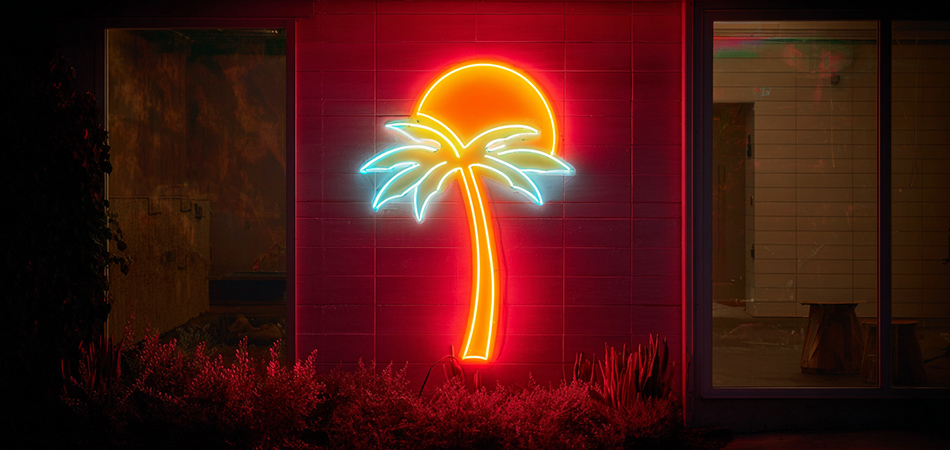
Technological Breakthroughs Reshaping Custom Neon
Advanced Materials Science
Bio-Based Encapsulants: The latest LED neon flex uses 40% plant-derived silicone, derived from sugarcane or castor oil, reducing reliance on petroleum-based materials. These bio-polymers retain flexibility down to -20°C and resist UV degradation 30% longer than traditional silicone, ideal for outdoor installations in extreme climates.
Graphene-Enhanced Conductors: Integrating graphene into LED circuits improves thermal conductivity by 50%, preventing overheating in high-density neon arrays. This allows for brighter, more compact designs—critical for intricate logos or micro-scale signage in luxury retail.
Self-Healing Coatings: A nano-layer of polyurethane embedded with microcapsules of healing agents repairs small scratches or cracks when exposed to heat or light. This extends sign lifespans by 2–3 years, reducing replacement cycles.
Smart Integration and Adaptive Functionality
Edge AI Controllers: Onboard microprocessors analyze ambient conditions (foot traffic, light levels, weather) to adjust brightness, color, and animation in real time. For example, a retail sign might dim during low-traffic hours or shift to vibrant hues when nearby events drive crowds.
Li-Fi Compatibility: Some premium systems use light fidelity (Li-Fi) to transmit data via neon light waves, enabling contactless interactions—customers can scan a sign with their phone to access menus, promotions, or product details without QR codes.
Haptic Feedback Modules: Embedded sensors in interactive neon signs trigger subtle vibrations when touched, enhancing engagement in museums, trade shows, or experiential marketing installations.
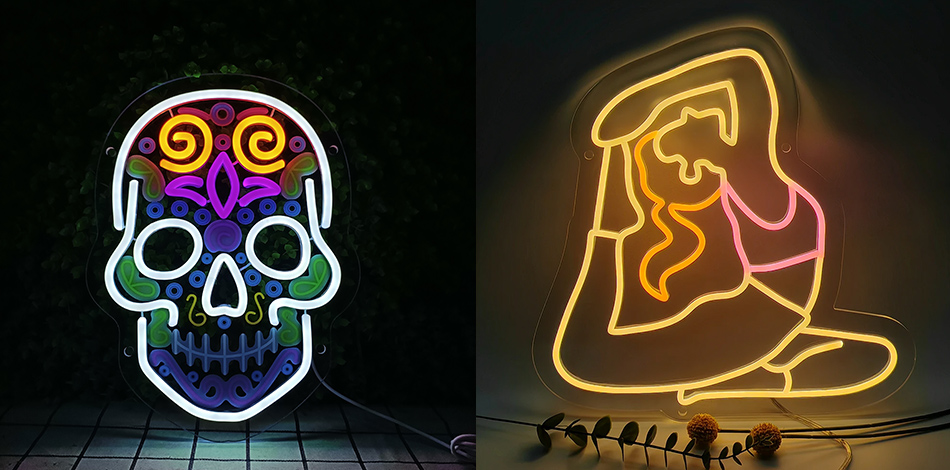
Cross-Industry Applications: Beyond Retail and Hospitality
Healthcare Environments
Wayfinding with Warmth: Hospitals use soft-glow custom neon to mark pediatric wings or calm zones, with colors chosen for their soothing properties (e.g., lavender for relaxation, mint green for clarity). The low-voltage design eliminates electromagnetic interference with medical equipment.
Patient Engagement: Pediatric clinics integrate playful neon animal shapes or cartoon characters into exam rooms, reducing anxiety in young patients. These signs are sealed with antimicrobial coatings to meet healthcare hygiene standards.
Educational Institutions
Motivational Signage: Universities install custom neon quotes in libraries or study spaces (e.g., “Curiosity Drives Discovery”) using energy-efficient LEDs. Solar-powered variants in outdoor courtyards reinforce sustainability values.
Departmental Identity: STEM buildings use geometric neon patterns in blue and white to signal innovation, while arts faculties opt for fluid, colorful designs—both tailored to enhance campus branding.
Public Spaces and Urban Planning
Community Art Installations: Cities commission large-scale custom neon murals in underpasses or plazas, transforming neglected areas into vibrant landmarks. These projects often involve local artists, blending community storytelling with durable, weather-resistant materials.
Traffic Calming Measures: Neighborhoods use neon-accented crosswalk markers or speed limit signs, increasing visibility at night while adding aesthetic value to residential streets.
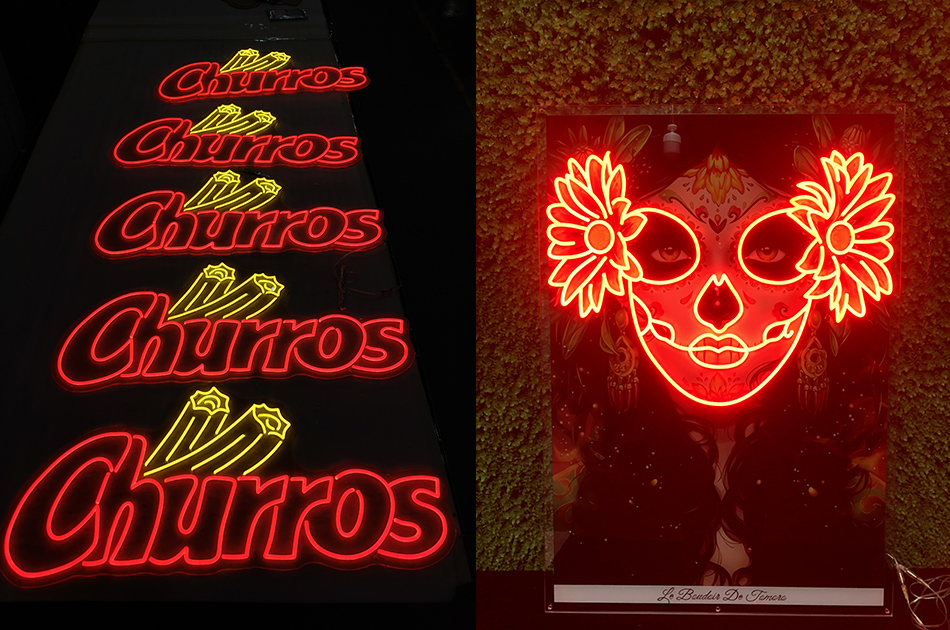
Sustainable Practices in Custom Neon Production
Circular Economy Models
Closed-Loop Recycling: Manufacturers now offer take-back programs for end-of-life neon signs, extracting and repurposing LEDs, metals, and even silicone casings. Some brands use 100% recycled aluminum for sign frames, reducing virgin material use by 60%.
Modular Design: Signs built with interchangeable components (e.g., replaceable neon strips, updatable backings) allow partial upgrades instead of full replacements, cutting waste by 40% over traditional designs.
Energy and Carbon Reduction
Solar-Neon Hybrids: Off-grid installations pair high-efficiency solar panels with low-power LED neon, achieving 100% renewable operation in sunny regions. Battery storage systems ensure 12+ hours of illumination after dark.
Carbon Offset Programs: Leading manufacturers calculate the carbon footprint of each sign (from production to shipping) and invest in reforestation or renewable energy projects to achieve carbon neutrality—certifications displayed to appeal to eco-conscious buyers.
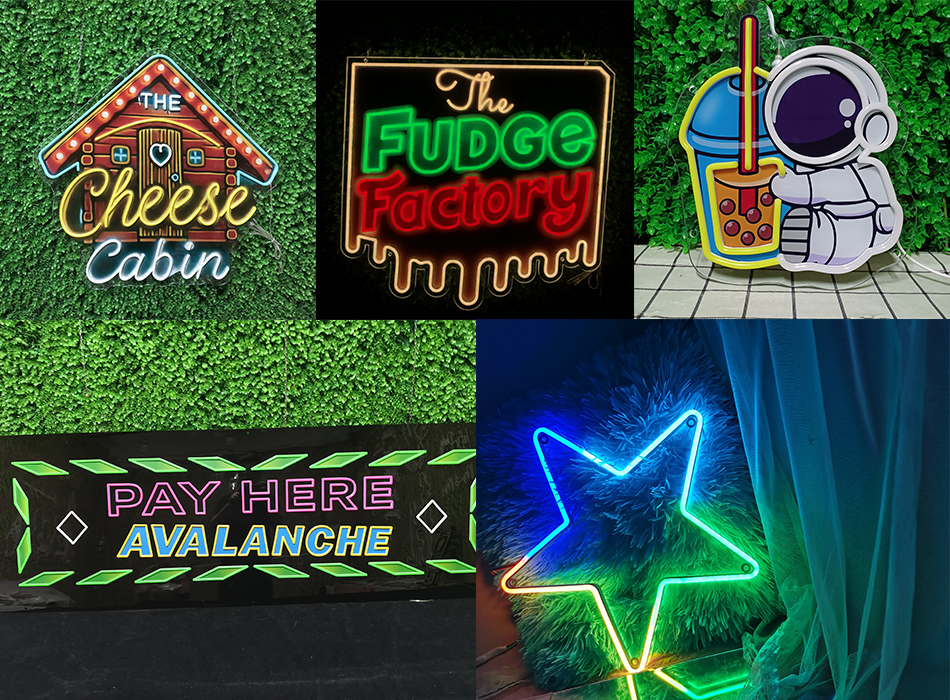
Design Trends Shaping 2025 and Beyond
Minimalism with Impact
Negative Space Utilization: Brands opt for sleek, uncluttered neon designs where light and shadow interact—think a simple “B” with a glowing outline and matte black backing, making a bold statement in minimalist interiors.
Monochromatic Sophistication: Luxury retailers use single-color neon (e.g., gold on black, white on marble) to convey exclusivity, with precision bending that highlights clean lines and geometric perfection.
Nostalgia Reimagined
Retro-Futurism: A fusion of 1980s neon aesthetics with modern materials—think vaporwave-inspired color gradients (pink, purple, cyan) in sleek, contemporary fonts—popular in tech startups and trendy eateries.
Vintage Sign Restoration: Heritage brands restore classic glass neon signs using original molds but upgrade internal components to LED for efficiency, preserving history while reducing maintenance costs.
Biophilic Integration
Nature-Inspired Forms: Custom neon shaped like leaves, vines, or water ripples brings organic energy to urban spaces. These designs often pair with living walls or indoor plants, blurring the line between artificial and natural elements.
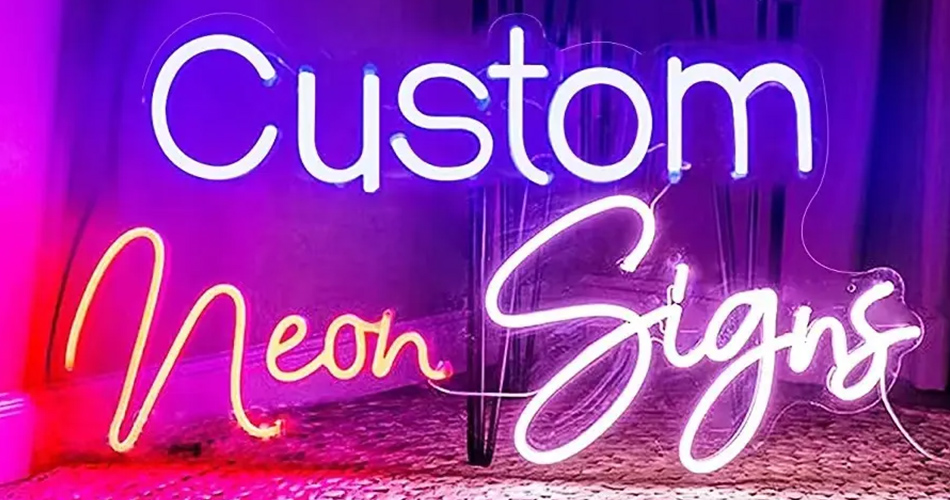
Installation and Maintenance: Innovations in Longevity
Magnetic Mounting Systems
Tool-Free Installation: New mounting hardware uses strong neodymium magnets encased in rubber, allowing quick attachment/detachment of signs for cleaning, updates, or relocation—ideal for rental spaces or rotating displays.
Adjustable Angles: Swivel joints in magnetic mounts let users fine-tune sign positioning, ensuring optimal visibility without damaging surfaces (critical for historic buildings or delicate interiors).
Predictive Maintenance
IoT-Enabled Monitoring: Smart neon signs send alerts to facility managers when LEDs dim or connections loosen, enabling proactive repairs. This reduces downtime in commercial settings like 24/7 retail.
Weather-Responsive Care: Outdoor signs in rainy climates trigger self-diagnostic checks after storms, verifying waterproof seals and adjusting brightness if moisture affects performance.
Choosing a Custom Neon Provider: Key Criteria for 2025
Innovation Track Record
R&D Investments: Prioritize manufacturers with patents in sustainable materials or smart technology, indicating a commitment to forward-thinking solutions.
Prototyping Capabilities: Look for providers offering 3D-printed prototypes, allowing clients to test form and function before full production—critical for complex, large-scale projects.
Sustainability Credentials
Eco-Certifications: Seek signs certified by Cradle to Cradle or Green Seal, ensuring compliance with rigorous environmental standards.
Transparent Supply Chains: Providers that disclose material origins and manufacturing emissions demonstrate accountability—a growing priority for ESG-focused businesses.
Post-Sale Support
Digital Twin Access: Advanced providers offer digital replicas of custom signs, storing design specs, maintenance schedules, and replacement part info in cloud-based platforms for easy reference.
Global Service Networks: For multi-location brands, choose providers with international installers and repair teams to ensure consistent quality across regions.
Future Outlook: The Next Frontier in Custom Neon
Quantum Dot Integration: Emerging quantum dot LEDs promise even richer color gamuts and energy efficiency, enabling neon signs that mimic the vibrancy of glass neon with 90% less energy use.
Biodegradable Electronics: Research into organic LEDs (OLEDs) printed on plant-based substrates could lead to fully compostable neon signs by 2030, eliminating electronic waste.
Metaverse Sync: Custom neon signs may soon connect to virtual environments, with physical signs mirroring digital counterparts in metaverse storefronts—blending physical and digital branding.
Conclusion: Custom Neon as a Catalyst for Connection
Custom neon signs have evolved from mere advertising tools to versatile, adaptive elements that enhance spaces, tell stories, and foster engagement across industries. By embracing sustainable materials, smart technology, and cross-sector innovation, they continue to redefine what’s possible in illuminated design.
As businesses and communities seek more meaningful ways to connect with audiences, custom neon stands out as a medium that balances aesthetics, functionality, and responsibility. Whether guiding patients through a hospital, inspiring students on a campus, or transforming urban landscapes, these signs prove that light—when thoughtfully designed—has the power to inform, delight, and endure.